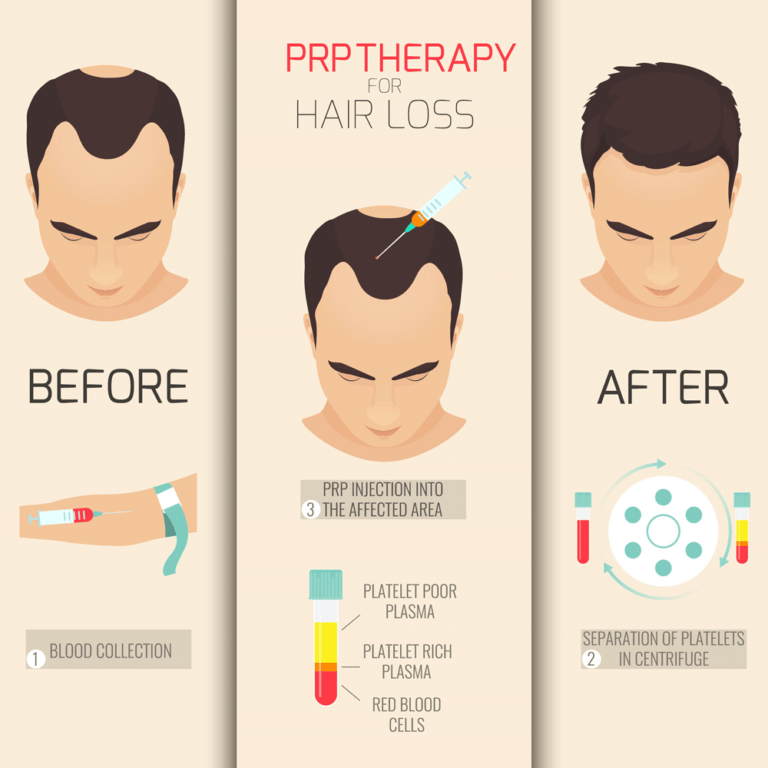Hair loss, also called alopecia, is a disorder caused by an interruption in the body’s cycle of hair production. Hair loss can occur anywhere on the body, but most commonly affects the scalp. On average, the scalp has 100,000 hairs that cycle through periods of growing, resting, falling out, and regenerating.
Hair loss may be linked to a person’s genetics, although many medical and behavioral conditions may interrupt the growth cycle and cause hair loss.

What is male pattern baldness ?
Male pattern baldness, also known as androgenetic alopecia, is an inherited trait. According to Medline Plus, it affects more than half of men over the age of 50. However, stress or other autoimmune conditions such as alopecia areata can also affect hair loss.
It’s typical to lose around 50 to 100 hairs every day. Usually this loss isn’t noticeable because new hair grows to replace the hair lost. Hair loss and baldness occur when hair falls out too quickly, or new hairs stop growing.
Depending on the cause of hair loss, you may notice slowly thinning hair or a sudden bald patch. Hair loss can impact just the hair on your scalp or entire body.
Causes of Hair Loss in Males
Medication options
1. Prescription and over-the-counter (OTC) medication
2. Quit Smoking
3. Scalp Massage
4. Balanced Diet
5. Reduce Stress

Permanent Hair Loss
Stem cell therapy:
Intensive Hair Root Therapy for Hair Regrowth:
PRP Treatment for Hair Loss:
Hair Nutri Infusion Therapy:
Laser Hair Treatment:
Hair Transplant:

